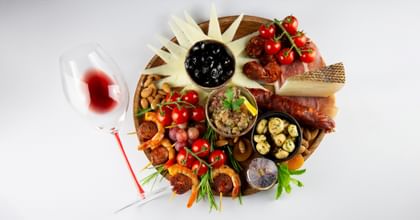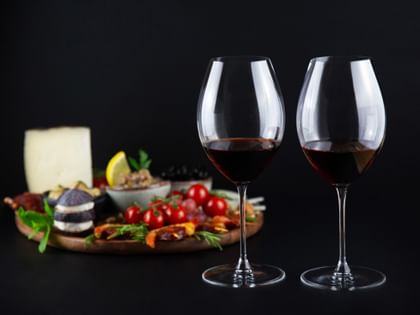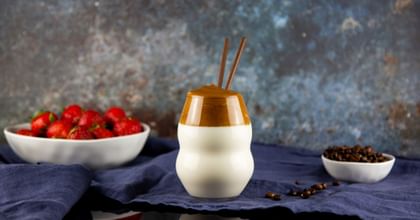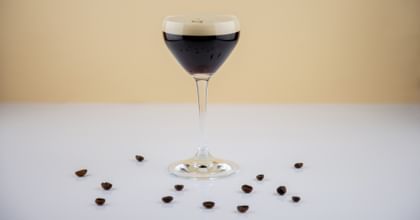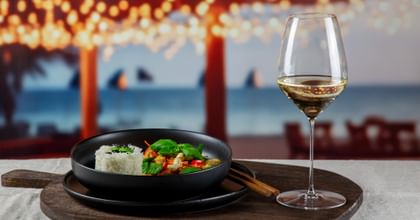World of Wine
Tempranillo: Spain’s Bold Heritage in Every Glass

Every second Thursday in November, the world celebrates International Tempranillo Day, a tribute to one of Spain’s most storied grape varieties. Established by the Tempranillo Advocates Producers and Amigos Society (TAPAS) in 2011, this day encourages wine aficionados to savor and share their love for Tempranillo, amplifying the global appreciation of this iconic grape with every glass.
A Grape with History
What is Tempranillo?
Though Tempranillo’s first documented mention was in 1807, its heritage stretches back to ancient times— possibly as far as the 9th century. It’s believed that the Phoenicians introduced grapevines to the Iberian Peninsula over 3,000 years ago. Today, Tempranillo reigns supreme in Spain, especially in renowned wine regions like Rioja, carrying with it the rich legacy of centuries.
Tempranillo's Global Reach
While Spain cultivates 87% of the world’s Tempranillo, this adaptable grape has found a home in vineyards across the globe, from Argentina to the United States, and even as far as New Zealand. As the third most-planted grape variety worldwide, Tempranillo has cemented its place alongside Cabernet Sauvignon and Merlot in the pantheon of wine.
What Sets Tempranillo Apart?
Named after the Spanish word “temprano,” meaning “early,” Tempranillo is known for its unique growing cycle, maturing weeks ahead of other red varieties. With its thick skin, this grape produces wines of medium to full body, embodying red fruit flavors like cherry and raspberry, balanced by earthy undertones of tobacco, leather, and herbs.
Tempranillo's Many Names Across Regions
Tempranillo’s influence is so widespread that it takes on different names in different regions. In Spain, it’s also known as Tinto Fino, Cencibel, or Ull de Llebre, while in Portugal, it’s called Tinta Roriz or Aragonez.
Locations

